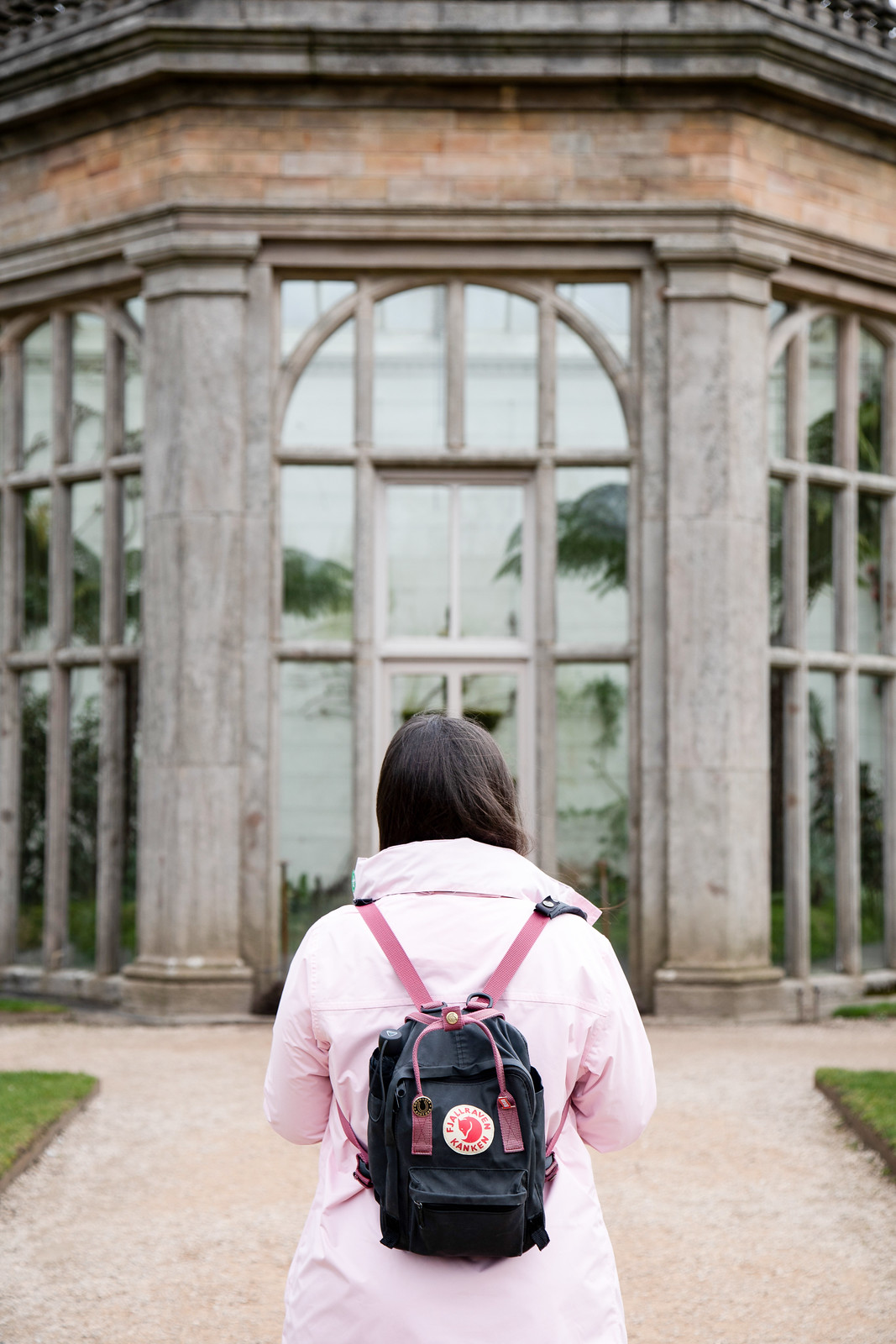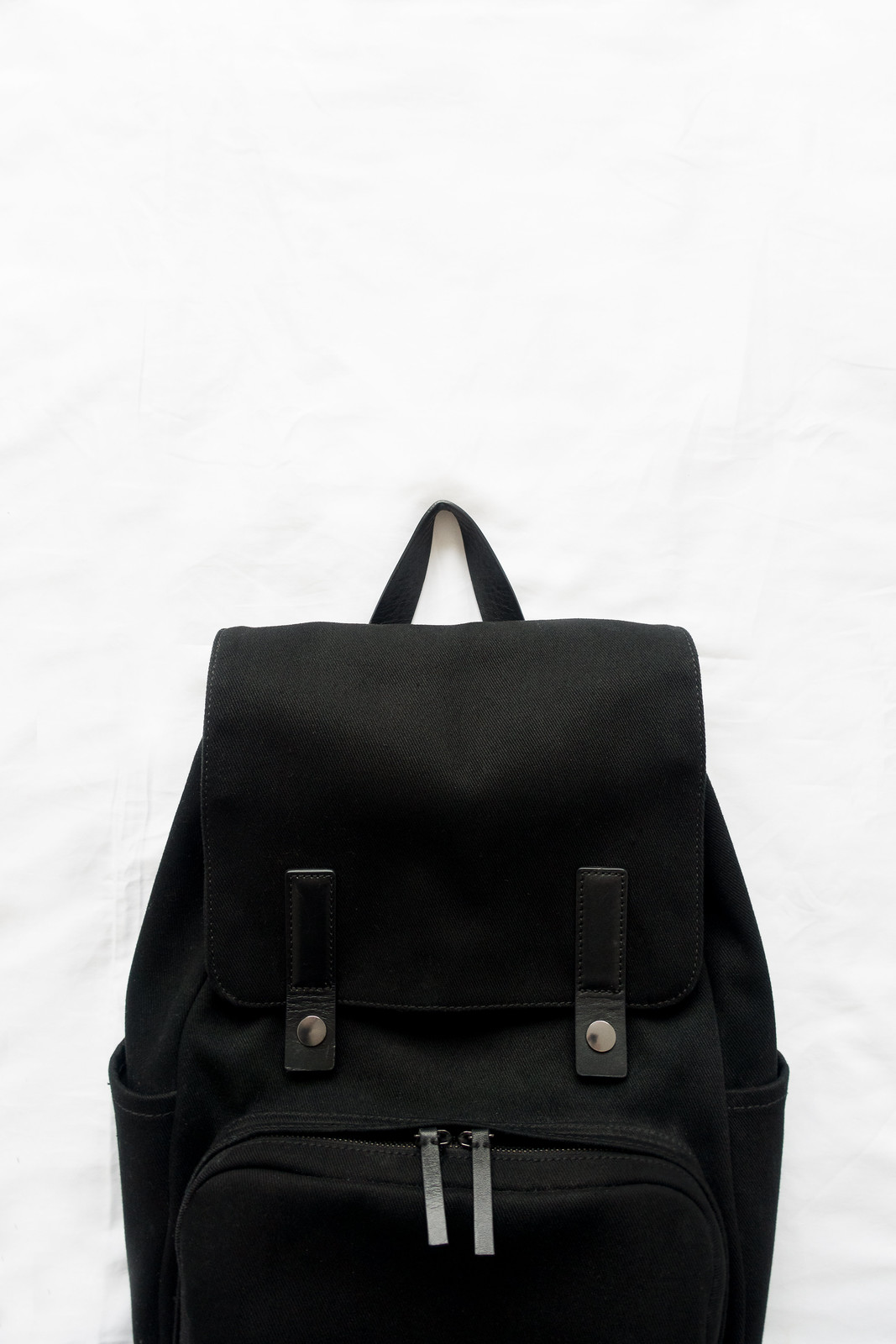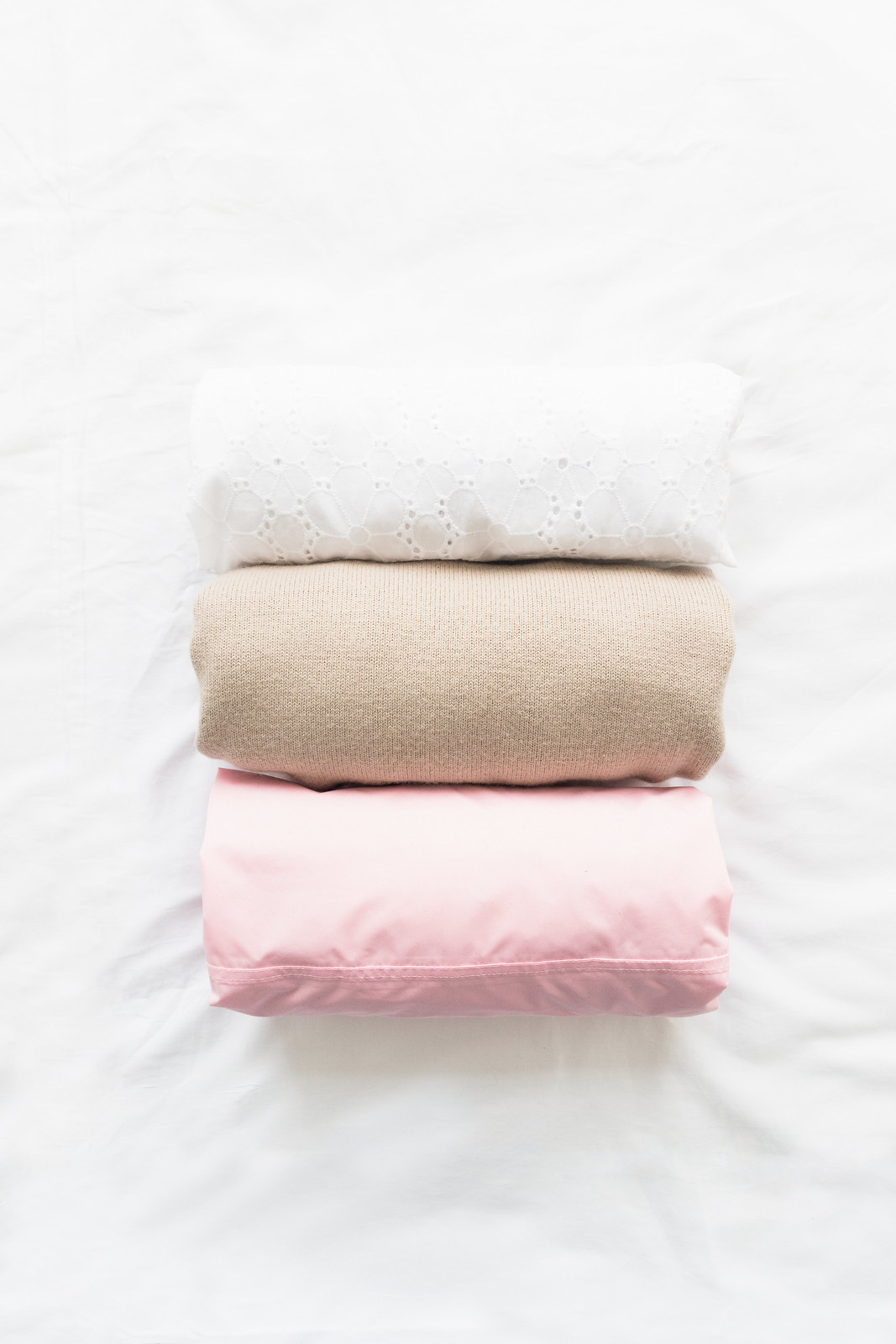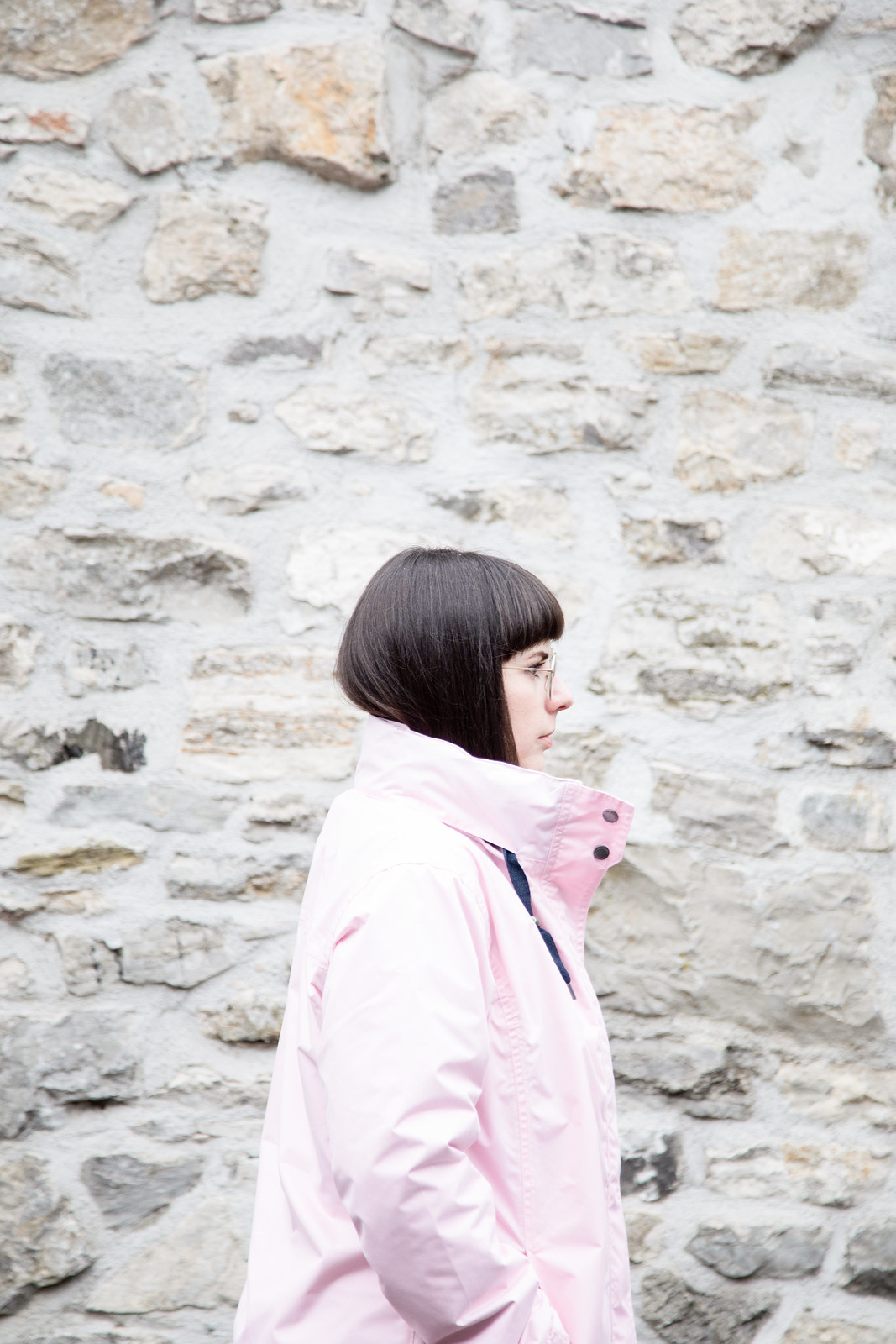
I remember a holiday I took to Paris a few years ago. It was a 5-day trip packed with early mornings and late nights. Every day we'd wake up as soon as dawn broke to make the most of our time there. We traipsed across the city to visit as many museums and art galleries as we could, come rain or shine. My feet ached. I distinctly remember the day we left our AirBnB and stepped outside into a torrential downpour. Instead of turning back and waiting it out indoors, we ran to the tube and ended up soaked through to our underwear. We were given peculiar looks by locals and tourists alike, and we spent an uncomfortable day looking at paintings in crowded rooms, damp from the rain.
I don't want it to sound as though I'm ungrateful for that holiday. I'm very privileged to be able to afford a trip to Paris (let alone to revisit it) and my time there was amazing, despite the sore feet and uncomfortable dampness of being caught in the rain on more than one occasion. But it made me realise that perhaps I was doing it all wrong; that perhaps there was a better way to travel. A slower way to travel.

Slow travel champions community, sustainability, and enjoyment. It's a shift in focus from getting to the destination to the journey as a whole. Slow travel encourages us to embrace packaging with intention, living like a local, thinking about one's impact, and taking the time to really enjoy the sights and attractions - rather than quickly moving onto the next.
Slow travel is especially wonderfully for local destinations and staycations. I've found it easier to implement slow travel when travelling within the UK. The combined anxiety of transport to and from an airport and the possibility of a missed flight means I'm not a keen flyer. I find it much easier to slow down and enjoy the entire journey, not just the destination, during my regular trips that take me all over the UK.
Slow travel reshapes how we view our time away from home. It's about packing light and travelling smart; creating meaningful memories in the places we wanted to visit rather than ones we thought we should; personal growth as we learn new knowledge and languages; awareness of the environment and our impact on it; sustainable choices about how we travel and where we spend our money.

Packing Light
Since slow travel is about embracing every aspect of the journey, it makes sense to start with what we take with us. Travel is so much easier when you realise how little you actually need. Packing like a minimalist is a useful habit to get into and if you plan right, you can often get by with just a single backpack.
Narrow down what you pack by keeping track of the weather at your destination and what you plan on doing once you arrive. It's never worth it to pack items "just in case" so leave them behind. If you don't plan on dining at fancy restaurants, leave the heels and suit at home; if it's unlikely to rain, don't pack a heavy-duty rain coat; if the AirBnB provides toiletries, why pack more?
If you're a chronic over-packer or need a little guidance on how best to plan your carry-on; start by putting together a travel capsule. In brief: stick to neutral basics, versatile pieces, and items that can be layered; plan your outfits around your activities to curate a travel wardrobe that will cover all eventualities.
A useful rule is to pack no more than two of the same item (two pairs of shoes, two dresses, two tops, etc.) for a week's vacation. Get comfortable with repeating outfits and make use of jewellery and accessories to switch up your style. Keep your personal care items to a minimum and only pack items you absolutely need and cannot do without.
This is what my basic travel capsule wardrobe looks like. I adjust it depending on where I'm going, how long I'm staying, and what I plan to do when I get there. Take a look at these packing lists for more ideas.
A Jacket with a hood. This is an essential when it comes to travel. The Lighthouse Beachcomber Jacket* has a classic cut in a baby pink hue, making it easier to spot in a crowd. The fabric is waterproof and breathable so it can be thrown over outfits without stifling you, and the mid-hip length means you're adequately covered in rain showers. I sized up so I could layer chunky knits underneath in gloomy weather or else it's light enough to wear alone on crisp spring days. There's even a concealed hood and zipped pockets. It's an ideal easy-to-wear jacket for taking on vacations.
A Dress. I stick to one I feel comfortable in that can be dressed up or down, layered, and - perhaps most importantly - can easily washed and dried while on holiday. Which dress I take depends on the location; a strappy dress from Tonle or maxi dress from MUJI are two favourites.
A Skirt. With a skirt (or shorts, if you prefer) you can get more wear out of your travel capsule. I pack a linen Tricotage skirt that's smart yet comfortable; that can be mixed and matched with any tops, jumpers, and cardigans, to make simple outfits.
Two Classic Tops, like these loose fitting shirts. I always pick cotton or linen for ease of wear in styles that are simple, for versatility. Slightly oversized shirts can be layered over dresses, sleeves rolled up and tied at the front in hot weather; or tucked in to skirts, shorts, and trousers for a sharp appearance. I've recently added the broderie anglaise shirt* to my wardrobe, it's 100% cotton with a grandfather collar that gives it style that can be dressed up or down - perfect for travel.
A Jumper / Cardigan, either or depending on destination and weather; again, keeping it thin and lightweight for layering. I often pack a Boden Crop Crew Cardigan or a Know The Origins Cropped Crew.
A Pair of Shoes. If it's a "walk everywhere, every day" kind of holiday, I'll pack a comfy pair of trainers to avoid sore feet. If it's more of a stroll around and take photographs weekend away, I'll pack my trusty Dr. Marten's shoes.
Jewellery. A small selection of jewellery; a necklace and pair of earrings or stacking rings is enough to elevate any outfit if I need or want to dress up.
A Small Bag. Again, depending on location and activities; I'll pack my Kanken Mini for adventures that require extra room or my Matt & Nat Handbag when I don't need so much room. If I need a large bag for grocery shopping, I'll empty out my carry-on backpack and use that.

Travelling Smart
Being a mindful traveller plays such a huge role in slow travel; making sure we're travelling in a way that is respectful, aware, and mindful of the impact we might have on the environment and local community. Slow travel is about travelling in the best way we can so that we ensure what we're doing is respectful and considerate, and we cause the least harm to the people, the animals, and the planet we encounter along the way.
The way we travel always has environmental consequences. Air travel is terrible for the environment so to help minimise your carbon footprint, it's better to take fewer, extended trips than lots of short ones; avoid unnecessary flights and plan for direct routes to avoid layovers. Reduce the impact you have on the planet by spending more time travelling closer to home. As well as limiting flights and travelling within the UK, I choose to off-set the carbon emissions I've caused by travelling.
Whenever I travel I tend to rent accommodate rather than staying in hotels. In my opinion, it's usually the best way to experience a new place or country. Booking a hotel is great for relaxation holidays where you want everything done for you but it can rob you of an immersive experience. Renting provides you with a home not just a room to sleep in. If you travel out of season, you'll have a more authentic experience and atmosphere, and if you do fancy visiting popular tourist locations, they'll be quieter and more enjoyable.
Slow travel places great importance on being mindful of one's environmental impact. When we travel, it should go without saying, that we should leave nothing but footprints. A few ways we can do this is to visit in small groups and schedule excursions to avoid busy periods; don't touch cultural or historical structures and artifacts. Observe wildlife at a distance; don't follow, approach, or feed any animals, and leave the natural environment as you found it. Pack eco-friendly products to help avoid single-use disposables; lunchboxes, water bottles or cups, and utensils. Avoid waste, recycle properly, and be sure you clean up after yourself.

Making Memories
Slow travel encourages us to connect with our surroundings and enjoy our time at our destination in a way that suits us. No racing to and from popular landmarks or quickly glancing at gallery paintings before moving on. Slow travel stops us rushing from place to place so that we can immerse ourselves in the local culture without becoming just another tourist.
We don't have to do what everyone else does. Even if people try to convince you you'll be missing out if you don't queue for several hours to see a much-adored painting or view over the city; if you don't want to see it, don't waste your time. Skip the tourist traps in favour of the lessen-known spots, you won't regret it.
I remember the shock when I told someone no, I wouldn't be going up the Eiffel Tower or visiting the Berlin Wall; I wasn't interested in helicopter tours or observation decks; I had no interest in going where everyone else went. I've certainly visited my fair share of tourist attractions; I've visited renowned museums and art galleries, walked the High Line, been to Tokyo DisneySea, and seen the Mona Lisa. Some I liked more than others but the point is, I went because I wanted to, not because someone told me I had to.
There are two ways to approach slow travel: the 'figure it out as you go along' or the 'plan before you go'. If you do plan, be mindful that you don't become so wrapped up in it that you try to pack too much in, and if you're figuring it out as you go along, accept you may miss out on experiences you later regret. It's all part of the experience.
I used to try to cram so much into my time away I'd end up coming home exhausted. Now I write a list of places that would be nice to visit - things to do, places to see, food to eat - and I figure it out when I'm there, depending on what I want to do and when; no pressure, for a slower, more mindful approach to travel.
